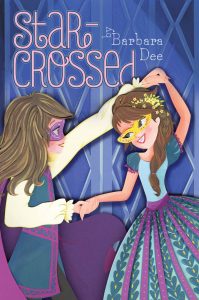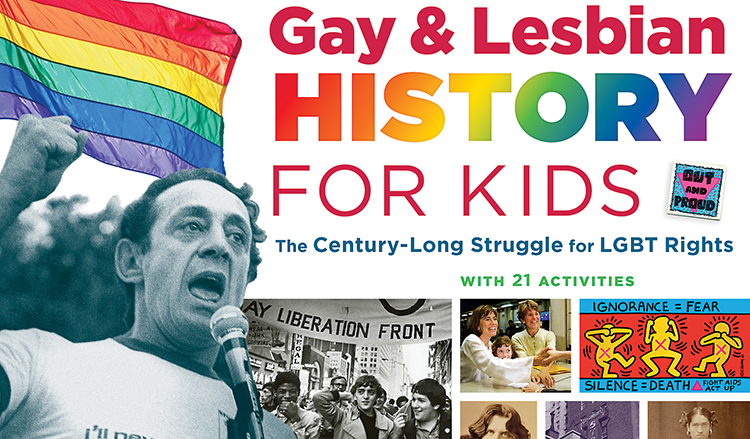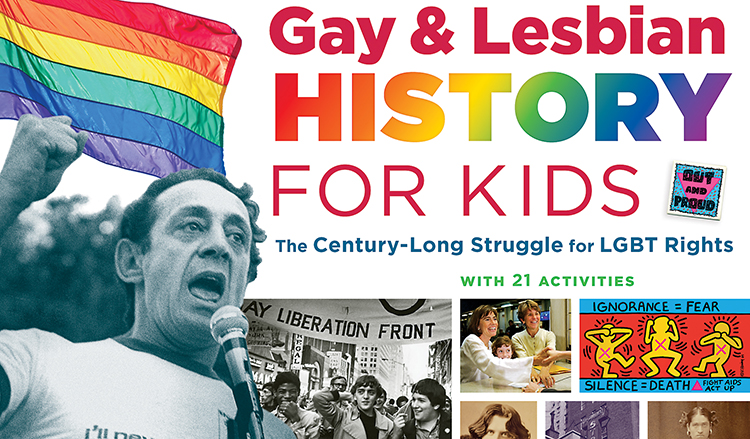This has been a much-anticipated read for me! Back in 2016, I saw a tumblr post by Barbara Dee’s daughter talking about the upcoming release of her mom’s book, Star-Crossed: a middle-grade book with a bisexual girl as the main character. The first middle-grade novel with a girl who likes girls as the main character! And with an adorable cover! I was sold, but it was still months before it came out.
Unfortunately, the next time I heard about this title (other than the endless reblogs on tumblr) was when I read Barbara Dee’s post, Please Don’t Talk About Your Book. (Which got me so upset that I wrote Let’s Talk About STAR-CROSSED: Why We Need Bisexual Kids’ Books, Backlash or Not at Book Riot.)
Needless to say, I was eager to read this story myself! I was pretty biased going into it, I’ll admit, but I felt that it lived up to the hype. This is a very sweet story that balances Shakespeare references with the dizzying experience of middle school crushes. The characters and middle school politics felt realistic and well-rounded. Even the “mean girl” isn’t dismissed as one-dimensional.
This story revolves around the 8th grade production of Romeo and Juliet, and there is lots of discussion about the play and Shakespeare. Each chapter starts with a related quotation from the play. I was impressed with the discussion that takes place with the material–the play is not only explained, but also critiqued and complimented by the kids performing it. I think it shows what you can gain from really diving into a story looking at in depth. It begins to be relateable and personally valuable.
As for the representation in the story, the word “bisexual” isn’t actually used, but it’s explicit that she acknowledges that she can get crushes on boys and girls. [Update: the paperback includes the word bisexual!] Mattie worries what people will think if they find out that she has a crush on a girl, but there’s very little homophobia on the page. (More detail and spoilers in following paragraph.)
[Spoilers] The only homophobia on the page is one kid saying “That’s gay” about something and the teacher and his classmate (the popular girl who’s been kind of a jerk otherwise) both immediately say that wasn’t okay and that being gay is nothing to be ashamed of. Mattie comes out to her sister, teacher, and friends without any of them really batting an eyelash. She doesn’t come out to her parents by the end of the book, but doesn’t seem worried about it. She asks Gemma (her crush) out on a date, and she accepts! [End spoilers]
This was a light, fun read, and I’m so happy it’s out in the world now. This would be life-changing for kids questioning their sexuality/romantic identity! It is fluffy enough that I don’t expect I’ll reread it or that it will stick with me in a huge way as an adult reader, but it’s well-written, entertaining, and much-needed.




